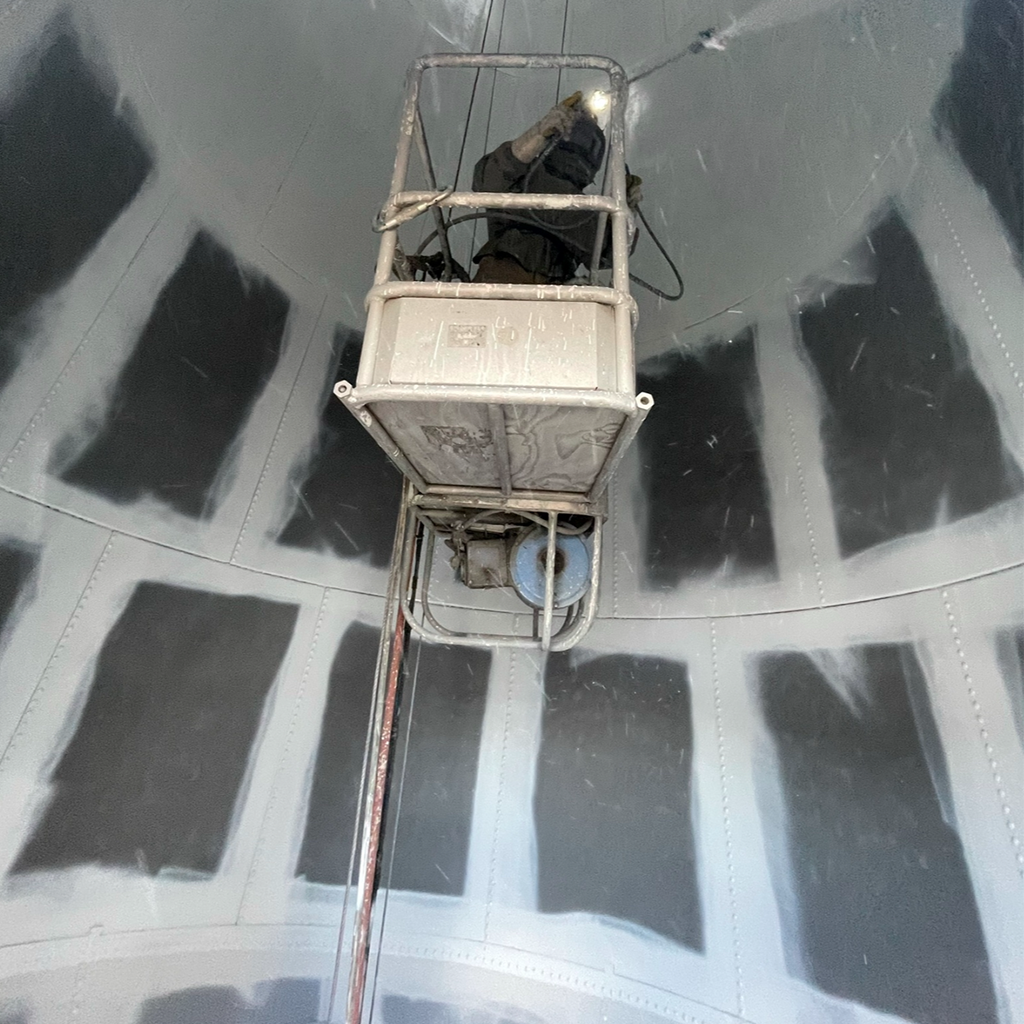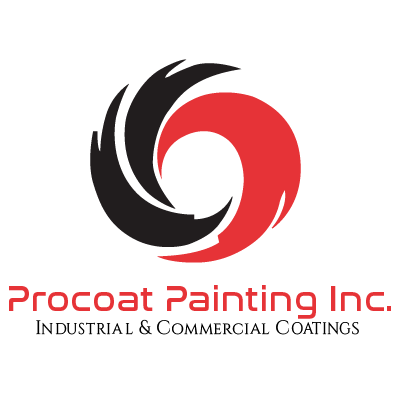
Keeping industrial equipment in good condition is a key priority for businesses that rely on large tanks for storage and processing. Tank linings play a significant role in this effort, serving both as a protective barrier and a way to extend the life of these crucial structures. Maintaining these linings is not just about preventing leaks and corrosion—it’s about ensuring longevity and avoiding costly repairs that could impact operations.
Understanding the importance of tank linings starts with knowing their purpose and functionality. These linings protect tanks from harsh chemicals, extreme temperatures, and the daily wear and tear that can occur in an industrial setting. For businesses in areas like Batavia, OH, where seasonal changes can be significant, having robust tank linings in place is essential for continued efficiency and safety.
Understanding Tank Linings
Tank linings are not just layers of material; they are critical components that safeguard the structural integrity of tanks used in various industries, from food processing to chemical production. These linings provide a vital barrier against the substances stored inside the tanks, reducing the risk of chemical reactions that might compromise the tank’s surface.
Several materials are commonly used for tank linings, each offering unique properties that suit different industrial needs. For example, epoxy linings are popular because of their strong adhesive properties and durability, making them suitable for many harsh environments. Another option is polyurethane linings, which offer exceptional flexibility and resistance to abrasion, making them ideal for tanks that need to withstand physical impact. Understanding the strengths of each material helps in making informed decisions about which lining to use.
Regular Inspection and Maintenance
Regular inspection and maintenance are crucial to ensure that tank linings remain effective over time. Identifying early signs of wear, like cracks or blisters, can prevent more severe issues down the line. Here’s a simple checklist to guide inspections:
– Look for visible cracks or blistering in the lining surface.
– Check for any signs of corrosion around seams or joints.
– Ensure there are no leaks or seeps through the lining structure.
– Conduct routine maintenance to remove any buildup of residues or deposits.
Following a regular maintenance schedule helps in catching issues early, which can extend the lifespan of the tank linings significantly. It’s like changing your car’s oil to avoid engine breakdowns—a little regular upkeep goes a long way in preventing costly issues.
Choosing the Right Coating
Selecting the best coating for your tank linings can make a significant difference in their longevity and performance. With various options available, choosing the right one depends heavily on the kind of substances stored and the environment’s conditions. For instance, if your tanks are storing corrosive materials, a chemical-resistant coating like a fluoropolymer might be ideal. On the other hand, for tanks exposed to fluctuating temperatures, a flexible lining like polyurethane might work better.
When deciding on a coating, consider these factors:
– Chemical Compatibility: Ensure the coating can withstand the chemicals stored without degrading.
– Temperature Tolerance: Select a coating that can handle the temperature ranges your tanks experience.
– Physical Durability: Look for coatings that offer abrasion resistance, especially if the tanks are in high-traffic areas.
– Application Ease: Some coatings require less downtime for application, which might be preferable for active sites.
Applying the coating correctly is as crucial as choosing the right material. It’s important to adhere to manufacturer guidelines to ensure a smooth, durable finish. Professional services often help in applying coatings, as they know the nuances of each type and can prevent errors that lead to premature wear.
Repairs and Recoating Techniques
Even with regular maintenance, tank linings may eventually require repairs or recoating. Addressing minor damages promptly can prevent more significant problems and extend the life of the tanks. Common repair techniques include patching small cracks and applying additional coats where wear is more pronounced.
Recoating becomes necessary when the original lining shows widespread signs of wear and no longer offers adequate protection. During the recoating process, it’s essential to prep the surface thoroughly—this usually means cleaning to remove any residues and ensuring the existing layer is adequately abraded to help the new coating adhere better. Professional services ensure these steps are completed effectively, reducing the risk of future issues.
Keeping your tank linings in top condition often means relying on expertise for repairs and recoating. They can provide insights into the latest materials and techniques, ensuring that repairs and recoating are not just temporary fixes but long-lasting solutions.
Preserving Your Tank Linings
Keeping industrial tank linings in good shape safeguards the efficiency and safety of your operations. By being proactive with inspections and mindful of coating choice, businesses can sidestep many common issues that lead to costly repairs. Regular maintenance and proactive repairs are investments in the longevity and reliability of your tanks.
With careful attention to these best practices, tank linings can offer years of service without significant drawbacks. By focusing on these strategies, companies can effectively minimize disruptions and maintain smooth operations without the burden of excessive maintenance checks or worries over equipment failure.
For reliable performance and safety of your industrial tanks, it’s important to maintain effective protective barriers. If you’re looking to keep your equipment in top shape, Procoat Painting Inc. offers professional tank lining services to ensure your operations run smoothly and efficiently, safeguarding against unexpected disruptions and extending the lifespan of your tanks.




